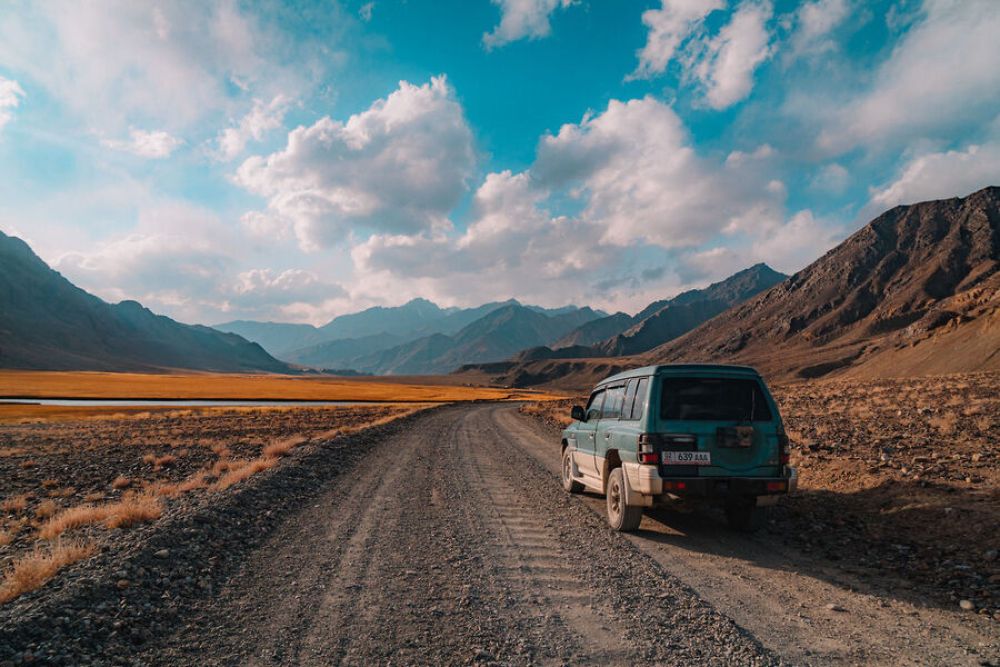The Pamir Highway, also known as the M41 Highway, is one of the world's most famous road trip routes. It stretches approximately 1,200 to 2,000 kilometers through Afghanistan, Uzbekistan, Tajikistan, and Kyrgyzstan in Central Asia. The section within Tajikistan, including the stretch that passes through Murghab, is of particular interest to tourists for its breathtaking landscapes and unique cultural experiences.

